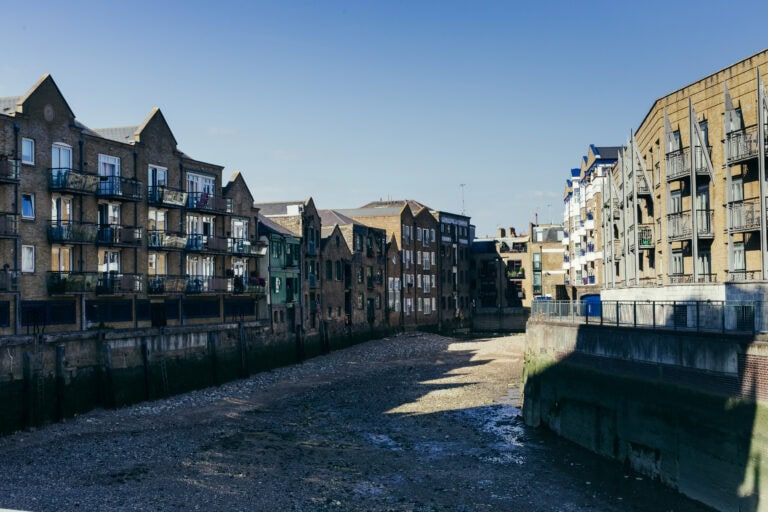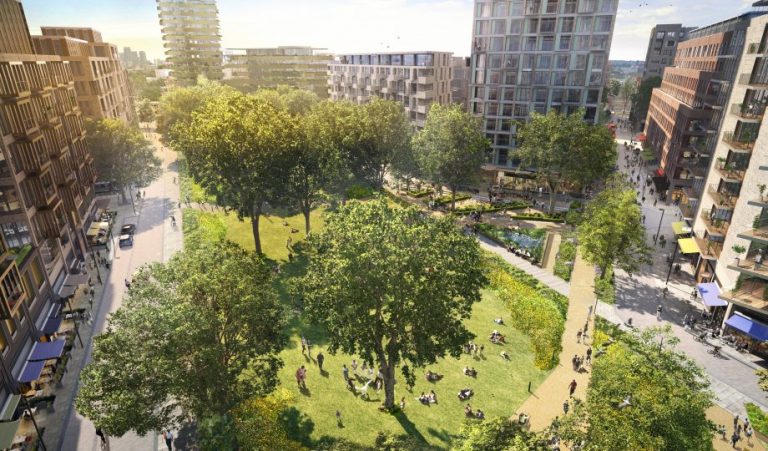How can we adapt our buildings to climate change?

As the climate crisis intensifies and extreme weather events become more common, the UK’s buildings, cities and critical infrastructure, and the communities that use and occupy these, are in increasing danger.
Impacts of climate change on buildings
Our weather is changing, becoming more volatile. Extreme weather events resulting from climate change have intensified over the last decade, posing significant challenges to the resilience of the built environment.
Built assets in the UK are at risk from a variety of climate-related hazards. These can be divided into two areas. First, chronic hazards, which are slow to progress and cover long term changes to hazards such as changes to temperature, wind, precipitation, and soil erosion.
The second element comprises acute hazards. These are extreme in nature, occur quickly, and can include hazards such as heatwaves, storms and blizzards, droughts, floods and subsidence.
Other hazards may be relevant, depending on asset location and adjacency to geographical features, such as rivers or coastal areas.



